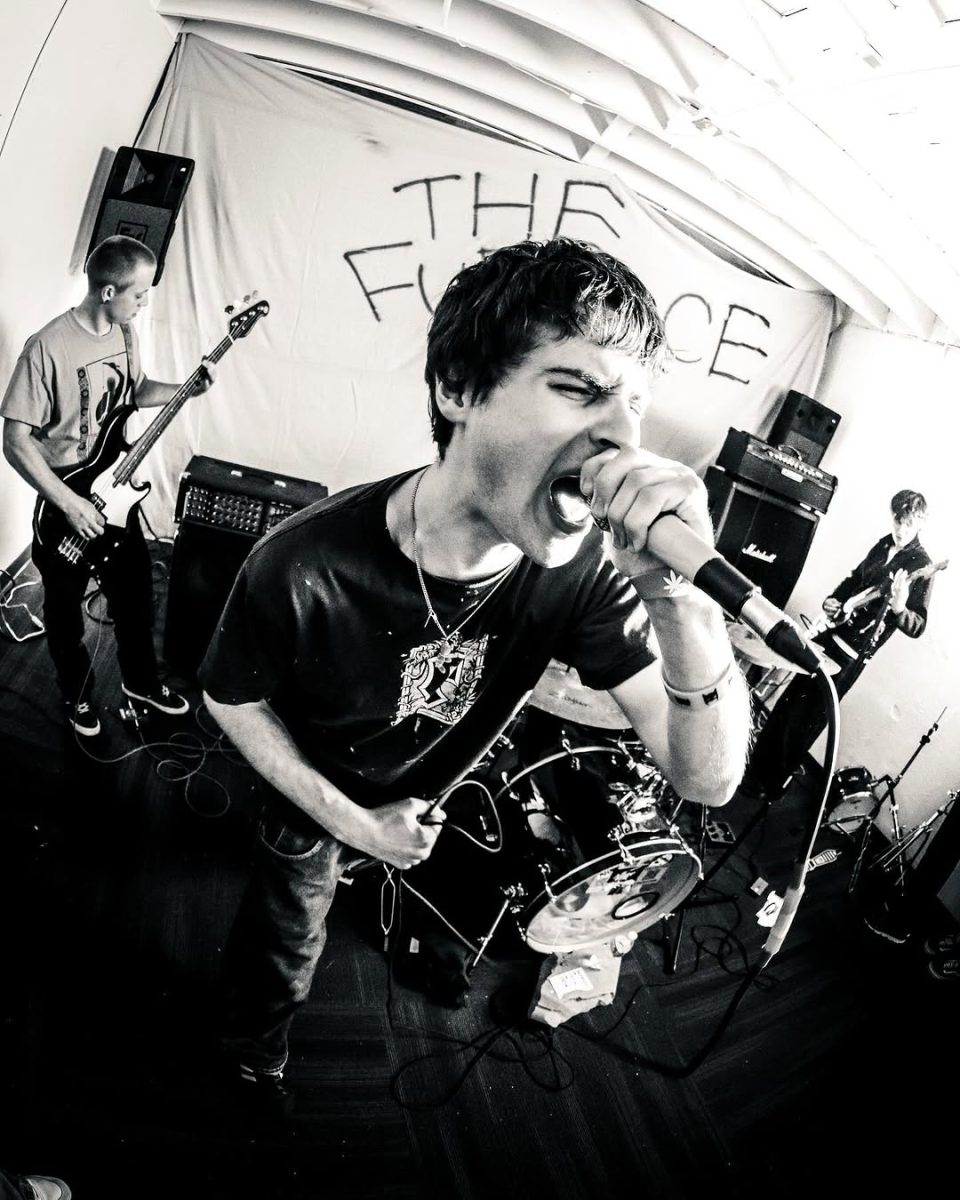There are 5 common categories phobias tend to fall into starting with the fear of animals (spiders, dogs, insects), fears relating to natural environment (heights, thunder, darkness), fears related to injury, medical issues, or blood (injections, broken bones, falls), fear or specific situations (flying, riding an elevator, driving), and others (choking, loud noises, drowning). Most clinicians and researchers have to come up with their own name for the fears because there is no official list of phobias other than what outlined, they usually do this by combining a Greek prefix that described the phobia. Surprisingly enough there is a thing called phobophobia which means the fear of fears which is pretty common.
The 10 most common fears: Acrophobia (fear of heights), aerophobia (fear of flying), arachnophobia (fear of spiders), astraphobia (fear of thunder and lightning), autophobia (fear of being alone), claustrophobia (fear of small spaces), hemophobia (fear of blood), hydrophobia (fear of water), ophidiophobia (fear of snakes), and zoophobia (fear of animals). There are 5 unique phobias: alektorophobia (fear of chickens), onomatophobia (fear of names), pogonophobia (fear of beards), nephophobia (fear of clouds), cryophobia (fear of ice or cold).
Treating phobias: The most effective treatments for phobias are exposure therapy and cognitive behavioral therapy. Exposure therapy mostly focuses on changing your response to the objects or situations that you fear. Cognitive behavioral therapy is a type of psychotherapy that negative patterns of thoughts about the self and the world are challenged in order to change unwanted behavior patterns or treat mood disorders such as depression.
Although almost all phobias are successfully curable and treatable, it’s not always easy. Simple phobias can be treated through gradual exposure to the object, animal, place, or situation which is known as desensitization or self-exposure therapy.






































